Urban medical myths and old wives’ tales have been under the microscope for a long time now. But there are some myths that never leave no matter how many times they have been debunked. Myths related to medical or health are often repeated as facts. People just do not wish to take the risks they imply. A simple, diligent Google can easily reveal the truth behind these fallacies. From drinking eight glasses of water a day to staying awake during a concussion, we bring you 10 such medical myths that are still widely believed.
Myth #1 People should drink at least eight glasses of water a day.

Reality: There is no formal recommendation on how much water an average human requires. It varies depending on lifestyle, place of residence, and health condition.
The need to drink at least eight glasses of water a day is one of the most widely accepted myths. The origin of this myth can be found in a 1945 recommendation by the Food and Nutrition Board. The recommendation stated: “A suitable allowance of water for adults is 2.5 liters daily in most instances. An ordinary standard for diverse persons is one milliliter for each calorie of food. Most of this quantity is contained in prepared foods.” The last two crucial sentences are generally ignored which led to the origin of this myth.
According to Dr. Aaron E. Carroll, author of Don’t Swallow Your Gum!: Myths, Half-Truths, and Outright Lies About Your Body and Health, water is not the only source of hydration. Moreover, the amount of water your body needs to intake depends on numerous other factors. Some of these factors include how active your lifestyle is, where you reside, and the type of food you eat daily. Also, there is no scientific evidence that suggests that drinking more water has numerous health benefits. Instead, excess water can drop the level of sodium in the blood causing water intoxication (also known as hyponatremia).(source)
Myth #2 Hair and fingernails continue to grow after death.
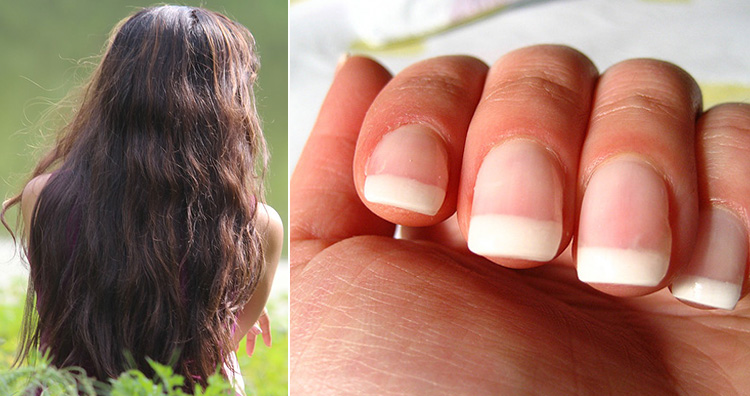
Reality: Dehydration of the body after death and drying gives an illusion that the hair and fingernails might still be growing.
According to expert forensic anthropologist William Maples, it is a myth that the nails and hair of a person continue to grow after death. For fingernails to grow, your body needs to produce new cells, and this can’t happen after your heart stops. There is no glucose production after you die. The same goes for hair.
But there is a biological basis for such observations. What happens is that the skin around the nails retracts as it becomes dehydrated. This makes the nails appear longer than before. When preparing a body, funeral directors sometimes moisturize the fingertips to counteract this illusion.
The skin on a dead man’s chin also dries out. It pulls back towards the skull as it happens. This leads to the appearance of short, stiff hairs on a man’s face similar to when he has not shaved for a while. Also, goosebumps caused by the contraction of the hair muscles adds to this effect.(source)
Myth #3 Shaving hair causes it to grow back faster, darker, or coarser.
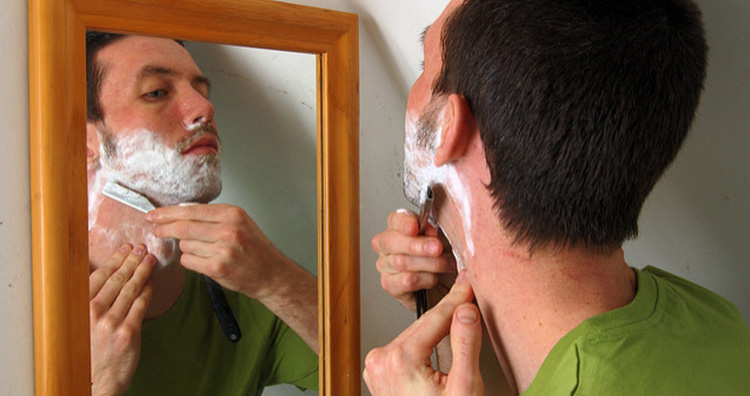
Reality: Shaving does not play any part in affecting the rate or type of hair growth.
Strong scientific evidence disproves this myth. “People are just not very good observers, but there’s just no science behind hair growing back thicker,” says Amy McMichael, chair of the Department of Dermatology at Wake Forest Baptist Health.
In 1928, four men agreed to be a part of a study to prove or disprove this myth. For the study, the men shaved off a portion of their faces in one downward stroke. They used the same brand of shaving soap, razors, and same water at the same temperature. The researchers then collected the cut-off hairs to compare them after each measuring. They arrived at the conclusion that there is no evidence that shaving accelerates the rate of beard growth. A similar study conducted in 1970 produced the exact same results.
Shaving removes the dead portion of hair, not the living section lying below the skin’s surface. Hence, it is quite unlikely to affect the type or rate of growth.(source)
Myth #4 Pregnancies from sex between first cousins carry a serious risk of birth defects.

Reality: The risk is 5–6%, similar to that of a 40-year-old woman’s pregnancy.
The Journal of Genetic Counseling published a related study in 2002. The study determined that the risk of serious genetic defects, like cystic fibrosis and spina bifida in children of first cousins, indeed exists. But it is rather small and just 1.7 to 2.8 percentage points higher than for children of unrelated parents who face a 3 to 4 percent risk. This is almost equal to children of women giving birth in their early 40s.
There have been more studies that suggest that the risks are even lower. In 2009, Alan Bittles, a researcher at the Centre for Comparative Genomics at Murdoch University in Australia and one of the authors of the 2002 study (mentioned earlier), published a paper. They stated that the mortality rate of children of first cousins was closer to 3.5 percentage points higher than children of unrelated parents, as opposed to 4.4 percentage points higher which was mentioned in the previous 2002 study.(1,2,3)
Myth #5 Female virgins have a hymen covering their vagina which gets popped the first time they have sex.
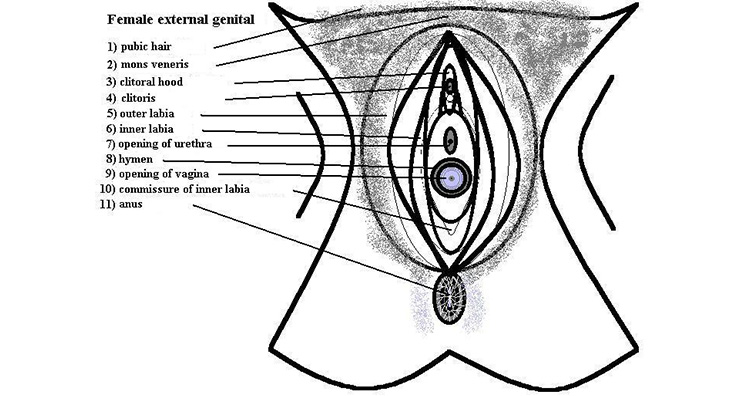
Reality: Virginal hymens that can “break” or “pop” during first sex don’t exist.
In many cultures, shortly after weddings, new husbands are expected to produce bloody sheets to prove that their brides are virgins. This is a ridiculous tradition that is prevalent across the globe even today.
It is a fact that tissue indeed exists down there, but the notion that it’s a uniform piece of the female anatomy that must, at some point “break” is just plain wrong. Female babies are born with membranes that surround their vaginal openings. Newborns’ hymens tend to be prominent and thick. But with age, most of the tissue thins out and the opening widens. Most hymenal tissue wears away because of walking, athletics, and self-exploration with only bits remaining around the vaginal opening.
Then why the discomfort and bleeding? Anna Knöfel from the Swedish Association for Sexuality Education points out that rushed, non-sensual, and poorly lubricated intercourse sometimes scrapes sensitive vaginal tissue that causes the pain and the bleeding.(1,2)
Myth #6 You should tilt your head back when you have a bloody nose.
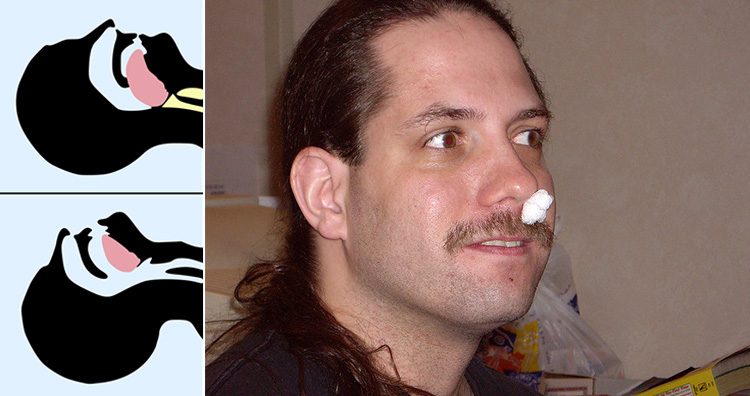
Reality: Tilting your head back during a nosebleed causes the blood to trickle down the throat, sinuses. or the airways which can lead to gagging or choking.
This is one of the most common myths that we all must have experienced at some point. Dr. Diane Heatley, associate professor at the University of Wisconsin School of Medicine and Public Health says that the old remedy of tilting back the head doesn’t actually work and can even be fatal. Holding back the head can cause the blood to flow down the throat and cause choking. If enough blood trickles down into the stomach, its lining can get irritated and induce nausea and vomiting.
Nosebleeds usually start in blood vessels in the front of the nose. The person suffering a nosebleed should sit up and lean forward. This will make blood exit the front of the nose. Then gentle pressure should be applied on the nostrils until normal clotting starts.(1,2)
Myth #7 The tongue is mapped into four specific areas — sweet, sour, salty and bitter.
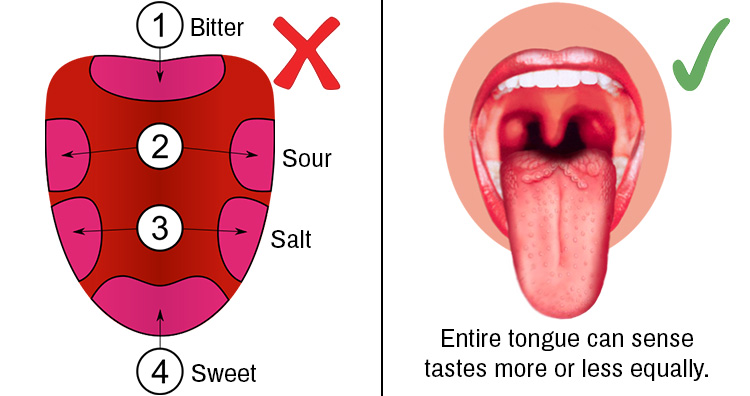
Reality: The entire tongue can sense these tastes more or less equally.
It’s time to change the tongue diagram that has been part of all science school books. Our tongue is not divided into four different regions for four different tastes. One of the first breakthroughs in taste bud research occurred in 1974 when researchers realized that the tongue map was just a century-old misunderstanding that no one challenged.
In 2006, scientists identified a protein that helps in detecting sour taste on the tongue. The protein works as a receptor cell that helps in identifying the taste. By 2010, Charles Zuker, who runs a lab at the University of California, and his team could identify receptor cells for all the tastes.
His studies suggested that our tongue has approximately 8,000 taste buds and each contains a mixture of receptor cells that allows them to taste any of the five tastes – sweet, salt, bitter, sour, and umami, a newly discovered savory taste that responds to glutamate.(source)
Myth #8 Stress contributes to graying of hair.
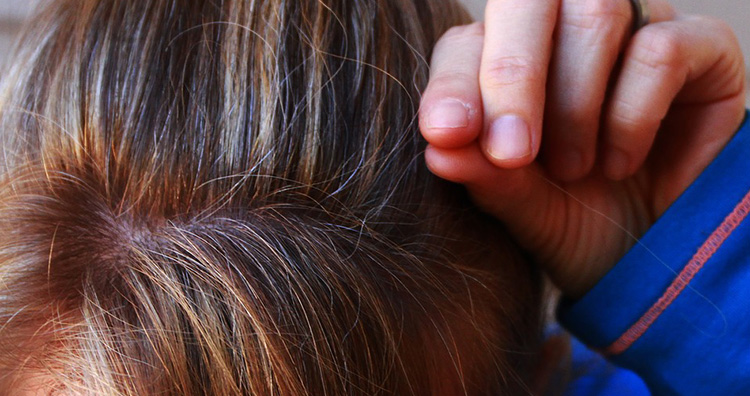
Reality: No clear link has been found between stress and gray hair.
There’s a famous legend that Marie Antoinette’s hair turned white the night before she was guillotined. The reason suspected was the stress of impending decapitation. But scientists say that that is extremely unlikely. Even though stress may have little impact on gradual graying, the effect is almost negligible.
According to David Fisher, professor of pediatrics at Harvard Medical School, graying of hair is caused by the depletion in the production of melanocytes that impart color to our hair. Stress hormones may impact the survival and/or activity of the melanocytes, but there has been no clear link established between stress and gray hair.
Tyler Cymet, head of family medicine at Sinai Hospital adds that graying of hair is “genetically outlined, but stress and lifestyle give you a variation of plus or minus five to 10 years.”(source)
Myth #9 Smoking Hookah is safer than smoking cigarettes.
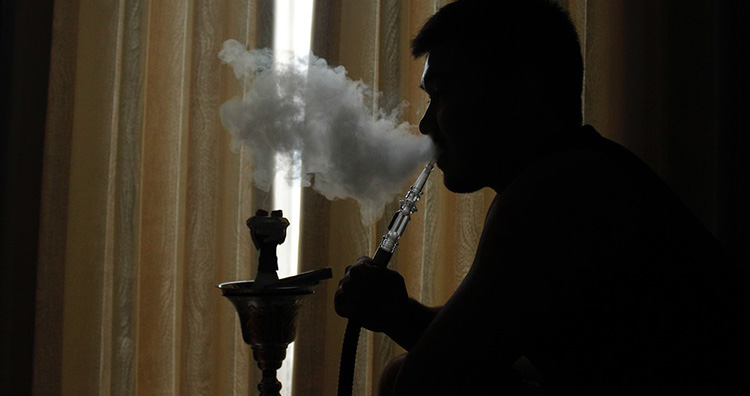
Reality: An hour-long hookah session produces about 100 to 200 times more smoke-filled air by volume than a single cigarette.
Researchers from the University of California at San Francisco (UCSF) have conducted a new study. They confirmed in a crossover study of 13 smokers who used both cigarettes and hookahs that a hookah isn’t necessarily safer than a cigarette. As per the study, a hookah doesn’t necessarily remove all the harmful substances from the smoke.
According to UCSF research chemist Peyton Jacob III, while hookah smokers consume less nicotine than cigarette smokers, they have an increased exposure to carbon monoxide (CO) and the carcinogen benzene.
UCSF tobacco researcher Neal Benowitz further adds that smoking from a hookah daily presents a higher risk of cancer.(source)
Myth #10 You need to stay awake if you’ve had a concussion.
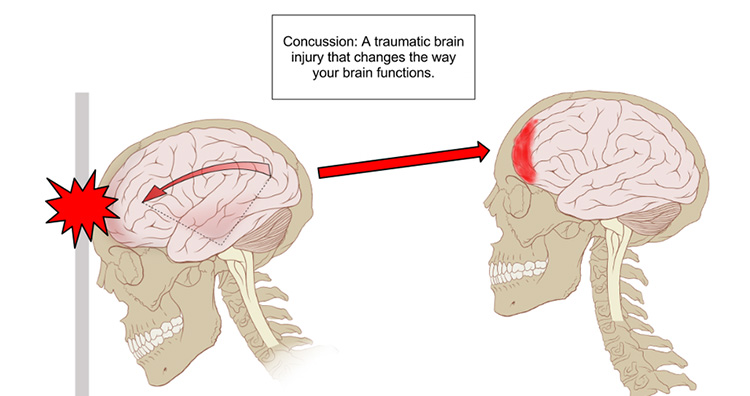
Reality: The myth that people need to be awake after a concussion likely grew out of serious head injuries that led to a coma. But concussions are seldom life-threatening.
The myth that people need to stay awake after incurring a concussion most likely grew out of a misunderstanding associated with a particular type of head injury. This type of injury involves brain bleeding and causes people to have a “lucid period,” followed by a coma or even death. But this is very uncommon and doesn’t pertain to people with normal concussions.
In fact, whenever a person endures an injury to the head, the brain requires time to heal by not being active so much. Under such circumstances, sleep seems perfect. It’s not bad, it’s a good thing. Some researchers argue that people suffering from concussions should be woken every hour or two on the first night to keep a check on whether they are alright. It should be checked whether they are able to hold a conversation before allowing them to go back to sleep again.(source)
Culled from Unbelievable Facts